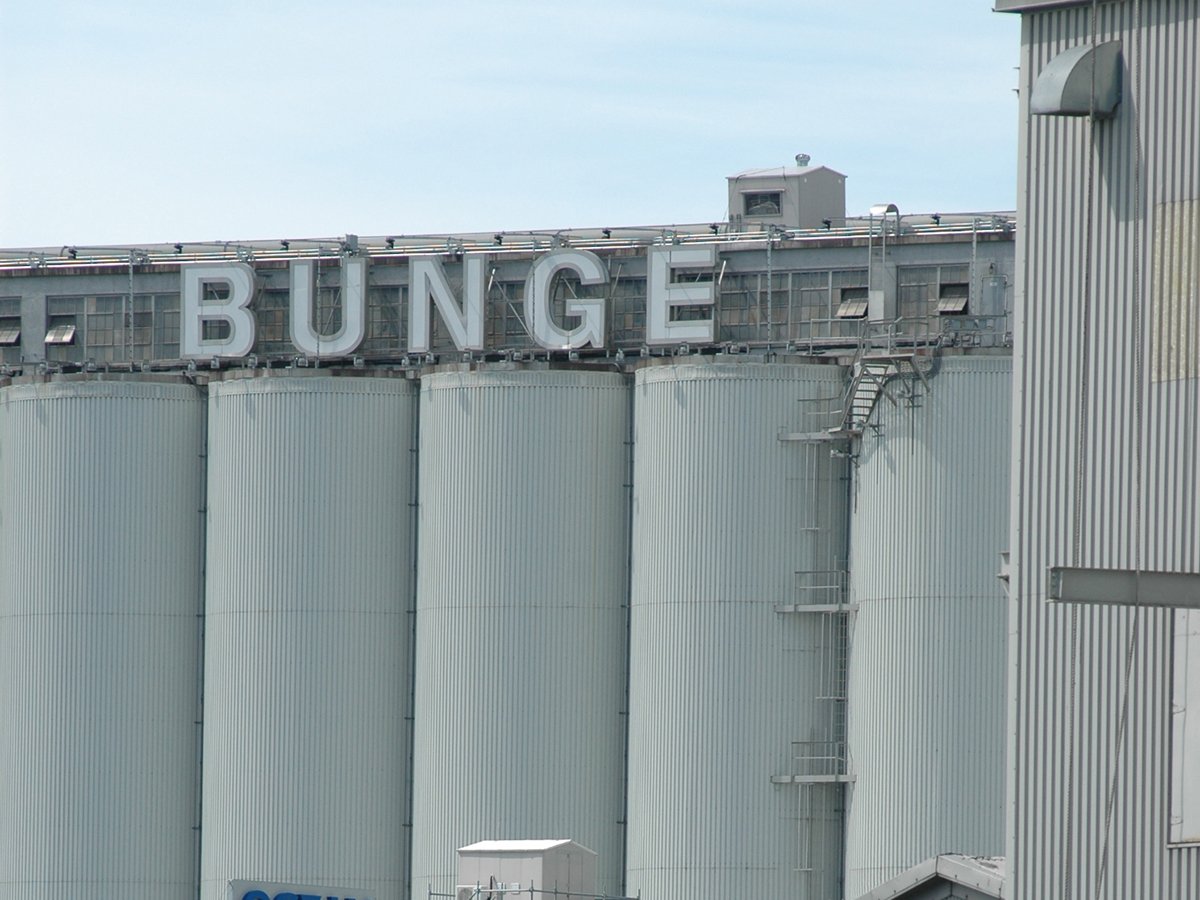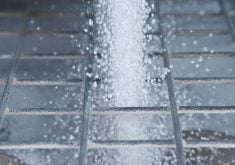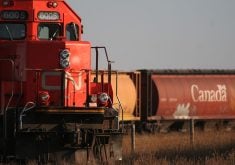The Western Producer sent Transport Canada seven questions regarding changes to NH3 tank regulations. Here is a synopsis of its response.
What is the date for implementation of the new regulations?
A date has not been established for the revised standards that will be incorporated into the Transportation of Dangerous Goods Regulations. A notice will be published on TC’s website as soon as the new editions are adopted. We anticipate this will take place in the spring of 2017 with the regulations coming into force six months later.
Is there an interim TC51 standard that manufacturers can use right now?
New non-specification ASME tanks and TC51 tanks may be constructed for anhydrous ammonia delivery and application in the field, but they will no longer be permitted after adoption of B620-14 and B622-14. It’s important to note that non-specification ASME tanks are designed as stationary tanks and not for transportation.
Read Also

Bunge’s crop mix is changing
Bunge has predominantly been a soybean processing firm, but that’s about to change after the merger with Viterra with softseed processing and grain merchandising gaining ground.
How long will the industry in Canada go without access to new tanks?
TC is reviewing the issue and recognizes the possible re-introduction of TC51 tanks into the CSA B620 standard. TC would consider continued manufacture of TC51 tanks in the transitory period should the CSA B620 committee agree.
Opening an NH3 tank allows oxygen inside, thus contributing to deterioration and in fact increasing risks. Why switch from five years to three years?
TC is aware that nurse tanks can fail during testing and while in use. Tank deterioration and tank failure mechanisms are complicated issues. TC and the US DOT continue to investigate and fund research into these matters. The issue of oxygen contributing to stress corrosion cracking can be eliminated by purging a tank of NH3 before servicing and testing.
Tank integrity problems have been declining sharply in recent decades. Is TC trying to fix something that isn’t broken?
The main issue is determining which existing non-specification ASME tanks were built with the correct materials and fabrication techniques. TC’s goal of providing a safe and secure dangerous goods transportation system will have been met once all deficient tanks have been removed.
CAAR has been around for 27 years. Why wasn’t it included early in the process?
TC has worked with CAAR in the past concerning tanks in agricultural service. The CSA standard writing body and the B620 committee is open and inclusive and has representation from industry, associations, users and regulators. TC is but one member of this committee.
Nearly all NH3 incidents in recent decades relate to hoses, valves and operator error. Why is TC addressing tank integrity?
TC continues to review all transportation of dangerous goods related matters, including operator error and tank integrity. TC is looking into the ongoing matter of hoses and handling errors in collaboration with industry and the B620 committee.














